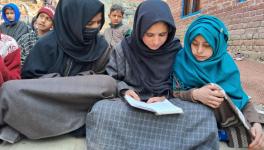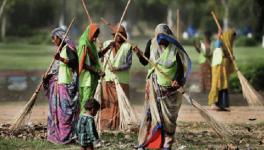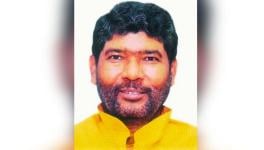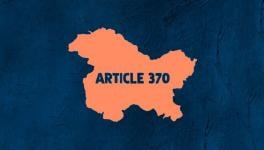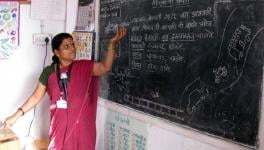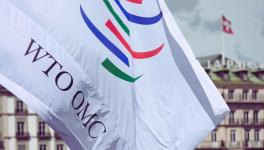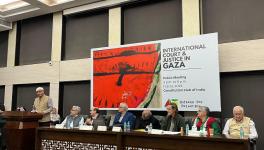India Continues to Top the List in Internet Shutdowns
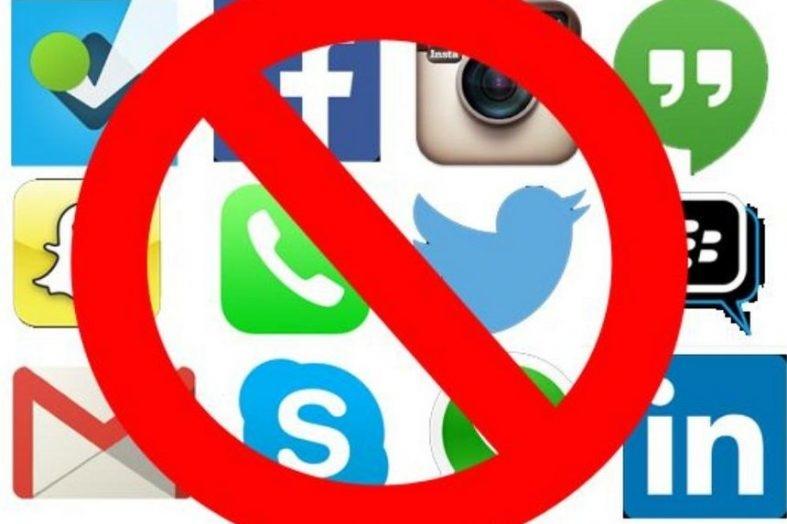
India seems to be headed towards the highest number of Internet shutdowns again, for the third year in a row. A report released by UNESCO, Clampdowns and Courage-South Asia Press Freedom Report 2017-18, documents all such cases of Internet shutdowns in South Asia, with India being far ahead of all others.
Of the 97 shutdowns recorded from May 2017 to April 2018, 82 occurred in India. According to the internet shutdown tracker maintained by Software Freedom Law Centre (SFLC), 52 shutdowns have occurred this year so far. This continues the disturbing trend of the rising number of Internet blockages in India. The number of shutdowns in 2017 (70) were more than double that of 2016 (30). With more than half the year remaining, the number of shutdowns is likely to be higher than 2017, especially with the growing unrest in the Kashmir Valley and rising communal clashes across the country.
Almost half the number of shutdowns have been enforced in the Kashmir Valley alone for prolonged periods. Five of the six largest shutdowns recorded in the timespan observed in the UNESCO report occurred in India. The longest one, lasting 45 days, happened in Darjeeling during the Gorkhaland agitations last year.
The government at times justifies these shutdowns as being carried out for preventative measures by controlling circulation of information. More often, these shutdowns are carried out in wake of protests and clashes. While according to the State, this helps in controlling law and order situations, there is little evidence that supports this reasoning.
What these internet shutdowns do allow for, however, is a direct attack on the fundamental right of freedom of expression by ruling governments. A UNHRC resolution passed in 2016 condemned the practice of governments blocking citizens’ access to the internet. India was one of the few democracies opposing this stance, and by extension opposing the UN position stating "the same rights people have offline must also be protected online.”
These shutdowns can also be dangerous for the citizens as they might face hurdles in accessing basic, and at times life saving services, in an already tense environment. In areas facing conflict, this also makes the work of journalists difficult as they are unable to communicate and report, effectively isolating the area and restricting freedom of press at the same time.
While enactment of fundamental rights seems to be of little concern to this government, as shown by past records, economic considerations should at least result in a less arbitrary enforcement of such shutdowns. According to estimates by Brookings Institution, a US-based think-tank, cutting-off of Internet services cost India Rs. 6,485 crore ($968 million) in 2015-16. Now, with the number of bans being greater in number, and the growth in digital economy, these losses are bound to be much higher.
Get the latest reports & analysis with people's perspective on Protests, movements & deep analytical videos, discussions of the current affairs in your Telegram app. Subscribe to NewsClick's Telegram channel & get Real-Time updates on stories, as they get published on our website.









